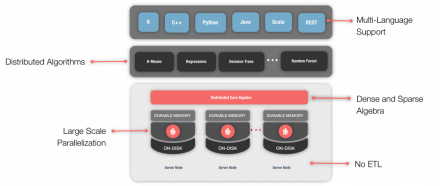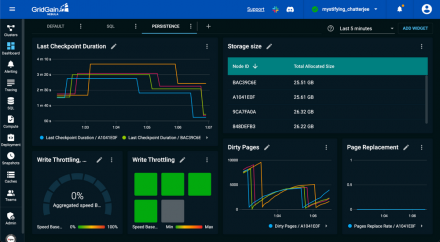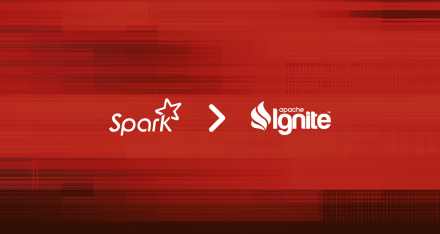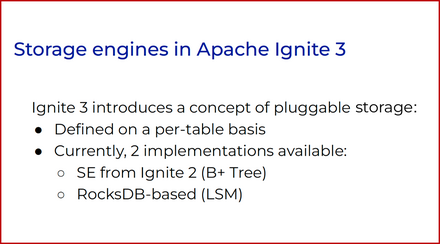GridGain Blog
After five days (and eleven meetings) with new customers in Europe and the Middle East, I think the time is right for another refinement of in-memory computing’s definition. To me, it is clear that our industry is lagging when it comes to explaining in-memory computing to potential customers and defining what in-memory computing is really about. We struggle to come up with a simple,…
Where do you store your passwords?
Whether you’re integrating Apache Ignite with a relational database, a message queue, or something else, you probably need to manage secrets such as usernames, passwords, and security tokens. In this post, we consider a couple of options to avoid having secrets in your configuration file: using property files and integrating with HashiCorp Vault.…
Apache® Ignite™ is a very versatile product that supports a wide-range of integrated components. These components include a Machine Learning (ML) library that supports popular ML algorithms, such as Linear Regression, k-NN Classification, and K-Means Clustering.
The ML capabilities of Ignite provide a wide-range of benefits, as shown in Figure 1. For example, Ignite can work on the data in place…
For those forced to read Plato’s Republic, you may remember the allegory of the cave, where people are chained to the wall. They can only see shadows of figures and hear voices that echo off the walls. This copy becomes their reality. In reading through the GridGain® and Redis® feature comparison, it’s easy to get lost in the 13 pages of…
Held on November 9, Ignite Summit Europe 2022 provided a closeup look into how Apache Ignite is being adapted for use in a variety of dynamic, demanding business settings and use cases. (Video of all sessions is available on-demand here.) Presenters were from organizations as diverse as a financial software tools, the largest food delivery company in Latin America, and the largest particle…
One of the most heavily used features in GridGain Nebula is the flexible dashboarding capabilities for monitoring cluster and node status. The drag-and-drop interface enables access to more than 200 metrics that are available in Apache Ignite or on the GridGain In-memory Computing Platform software running in data centers, private clouds, or the Nebula cloud.
Until now, there was no guidebook…
Introduction
The Spark SQL engine provides structured streaming data processing. The benefit here is that users can implement scalable and fault-tolerant data stream processing between the initial data source and final data sync.
You can read more about it here:
https://spark.apache.org/docs/latest/structured-streaming-programming-guide.html
Apache Ignite provides the…
The Apache Ignite 3.0 Alpha 5 build recently became available. Here is an overview of the new features the community included in this release. Based on industry and use case, they may be of major interest to some developers while less relevant to others.
Pluggable Storage
Different use cases require different storage engines. Some storage engines are good for read-heavy operations, others…
The virtual Ignite Summit on June 14 attracted hundreds of Igniters from around the globe excited to learn and share
their experiences. (Video of all sessions is available on-demand here.)
The event, organized by GridGain and the Apache Ignite community, was preceded the day before
by free technical training sessions on Apache Ignite essentials, compute grid, and Apache Ignite with Spring Boot…
GridGain is a USA-based company that has always prided itself on being a global corporation, with employees and customers around the world. A proponent of open-source software and the original authors of the highly popular Apache Ignite in-memory platform, our company has always embraced the diversity of thought and contribution that can only come from a worldwide community.
The brutal war and…


















